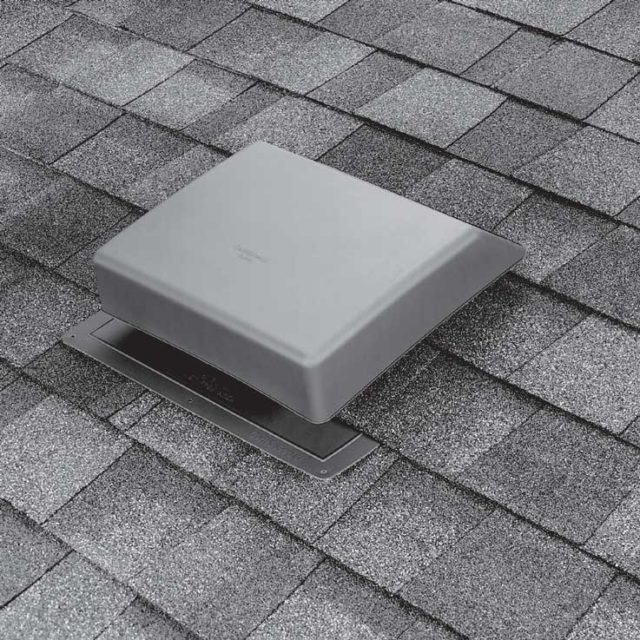

DIY roof vent repair is a cost-effective solution for maintaining optimal attic ventilation. Proper ventilation is crucial for preventing moisture buildup, reducing energy costs, and extending the lifespan of your home. A faulty vent can lead to various problems, affecting not just comfort, but also the structural integrity of your roof. This guide provides a detailed approach to DIY roof vent repair, covering everything from identifying the problem to completing the repair. We’ll explore common problems, solutions, and helpful tips, ensuring you tackle this task with confidence. Let’s dive into the world of DIY roof vent repair.
Identifying Roof Vent Issues
Common Roof Vent Problems
Roof vents play a crucial role in maintaining a healthy indoor environment. However, over time, these vents can become damaged or malfunctioning. Some common issues include cracked or missing vent covers, loose or rusted vent components, clogged vents, and distorted vents from weather damage. Addressing these issues promptly prevents further damage and ensures efficient airflow. Improper ventilation can cause moisture buildup, leading to mold or mildew growth, structural damage, and decreased energy efficiency. Regular inspections are key to preventing these issues. According to the National Association of Home Builders, addressing attic ventilation problems can significantly improve energy efficiency, sometimes by 15-20 percent.
Diagnosing the Root Cause
Proper diagnosis is essential before embarking on any DIY repair. Examine the roof vent carefully, checking for visible damage to the vent cover, frame, or surrounding shingles. Look for obstructions like debris or nests that might be blocking the airflow. Check for signs of water damage around the vent. Are the vent components loose, rusted, or bent? Determining the underlying cause will determine the repair process.
Removing Obstructions
Clearing Clogged Vents
Inspect the vent opening for any obstructions. These could be leaves, twigs, branches, or even bird nests. Carefully clear any debris and ensure the vent is unobstructed to allow for maximum air circulation. Improper ventilation can lead to significant problems down the road. Homeowners often overlook roof ventilation maintenance, leading to costly repairs later on. Removing obstructions is a simple yet effective step in maintaining optimal ventilation.
Fixing Damaged Vent Covers
Damaged vent covers often lead to significant issues such as moisture buildup and reduced ventilation efficiency. If the cover is cracked or broken, replace it with a new one. Ensure the new vent cover fits securely and is properly installed to prevent future issues. Proper roof vent installation is essential for maximizing airflow and maintaining a comfortable indoor environment. Consider replacing worn-out covers for better long-term performance.
Vent Repair
Securing Loose Components
Loose components, such as brackets or mounting screws, compromise the effectiveness of the vent system. Tighten any loose brackets or screws to ensure the vent is properly secured. Use appropriate tools to maintain structural integrity, preventing damage from occurring again. Overlooking such small issues can lead to long-term damage in the long run. A simple fix can ensure years of proper ventilation.
Repairing Rusted Components
Rust on roof vent components can compromise their structural integrity and airflow. If rust is found, clean it thoroughly and apply a rust-resistant coating or sealant. This will prevent further rust formation and maintain the vent’s functionality. Consider using specialized metal coatings or paints to provide extra protection.
Vent Installation
Choosing the Right Vent
If a vent is completely damaged, you might need to replace it altogether. Select a new vent that is compatible with your roof type and installation guidelines. Ensure the new vent fits seamlessly and securely. Choose a vent that is appropriately sized to match the existing attic space.
Installing a New Roof Vent
Before installing a new vent, prepare the roof surface. Clean the area and ensure the surface is stable and secure. Follow the manufacturer’s instructions for proper installation, adhering to safety precautions to prevent further damage. Use the appropriate tools to install the vent securely. Professional installation is best to avoid future structural problems.
Maintenance
Regular Inspection
Preventative maintenance is crucial to ensuring a functional roof vent system. Schedule regular inspections to identify any potential issues before they escalate. Look for signs of damage, debris buildup, or loose components. Early detection leads to prompt repair, protecting your roof from significant damage and maintenance cost.
Cleaning and Sealing
Regular cleaning and sealing of the vents are essential in preserving their efficiency. Remove any debris, and apply sealant to prevent moisture infiltration and maintain the structural integrity of the vent. This simple step can significantly improve the performance and longevity of your system.
Optional content…
Optional content…
Optional content…
Optional content…
Frequently Asked Questions
What are the signs that my roof vent needs repair?
Signs of a failing roof vent include noticeable drafts in the attic, moisture buildup in the attic or in the home, an increase in energy bills, and structural damage such as cracks or sagging. If you notice any of these issues, it’s essential to act swiftly by inspecting your roof vent for any potential damage and take appropriate actions to address the problems quickly.
How often should I inspect my roof vents?
It’s recommended to inspect your roof vents at least twice a year, ideally in spring and fall. These seasons typically mark significant shifts in weather patterns. Spring often brings increased debris buildup, while fall can indicate issues relating to changing weather conditions.
In conclusion, DIY roof vent repair is a manageable task with the right knowledge and tools. By following these steps, you can effectively address common roof vent issues and maintain the optimal air circulation in your attic. For more in-depth advice or if you encounter difficulties, consider consulting a professional. Ready to tackle your roof vent repair project? Click here to learn more.